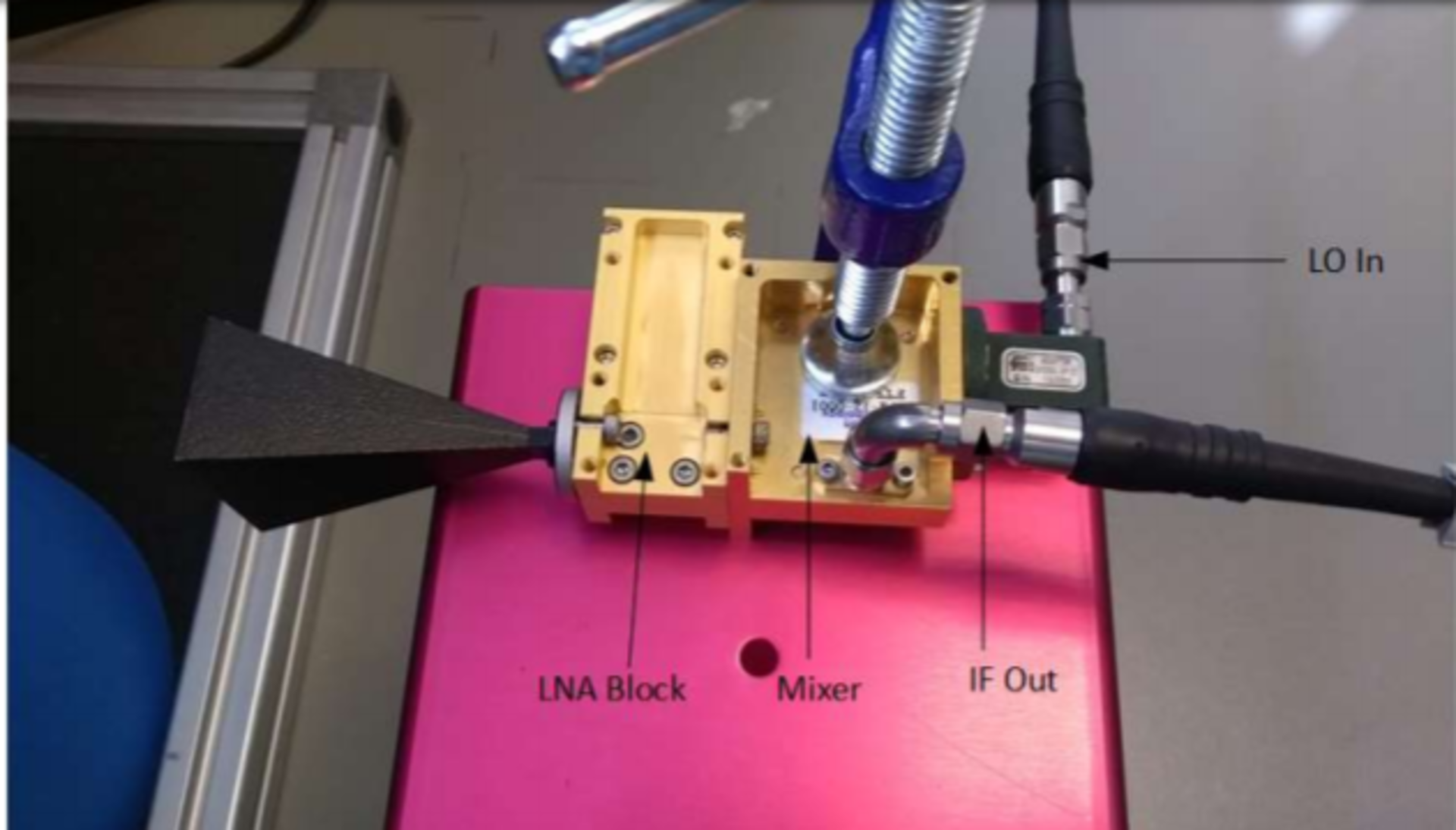Are signals at W-band frequencies good enough for communications?
For new High Throughput Satellite (HTS) systems, new, higher, frequency bands are being considered as they can provide a number of advantages. The exploitation of frequency bands beyond Q/V could offer a substantial capacity increase for the needs of both public and private sector satellite services, and the next step will be to look at W band for satellite communications.
But moving to higher frequencies is also more demanding in terms of requiring more complex propagation modelling, as, ultimately, one of the main problems for W band use is the propagation of the signal through the atmosphere of the Earth. The atmospheric losses and noise, temperature (due to rain, water clouds and atmospheric gases) are more severe at W band than at lower frequencies such as Q/V-band.
Current models agree that excess attenuation can be caused by rain events on satellite links between 17GHz and 55GHz, but when predicting the excess attenuation caused by rain events on a link at 76GHz they vary considerably, demonstrating that measurements are vital at W-Band to update existing models or develop new ones.
A TDE activity with the UK’s Science and Technology Facilities Council Rutherford Appleton Laboratory, has designed a measurement campaign based on a beacon transmitter on a satellite in geostationary orbit and a number of ground stations for monitoring and recording the signal level and how it changes depending on atmospheric conditions.
The activity used three beacon frequencies, one at 19GHz, 38GHz and 76GHz, to study attenuation characteristics from one frequency to another and estimate the statistical link performance at W-band in a climatic region where only Ka or Q/V band propagation data previously existed.
A preliminary design of the satellite beacon showed that most of the parts required to implement the beacon are already available and several are space qualified. Yet two components still needed to be developed: a high power amplifier for the beacon transmitter at W-band and the low noise amplifier for the propagation terminals at W-band.
The realised W-band high power amplifier for the beacon transmitter achieved the required performance in terms of output power and gain, however, requirement for DC-RF efficiency performance was not fully met due to modeling accuracy and semiconductor technology constraints. The low noise amplifier for the propagation terminals at W-band met all requirement and achieved record breaking state of art performance in its class. These critical MMICs were designed by UK-based fabless design house VIPER RF.
The uncertainty in the models suggests that there is a strong case for performing a propagation study at W-band before attempting to design and implement a satellite link. The activity also investigated link budgets, which showed that a propagation campaign could be implemented with the ability to measure a signal loss of 30dB at all three beacon frequencies, although achieving this level of link margin is quite technically demanding and hence costly.
T506-403ET closed in February 2020 and all documentation was received in June.


